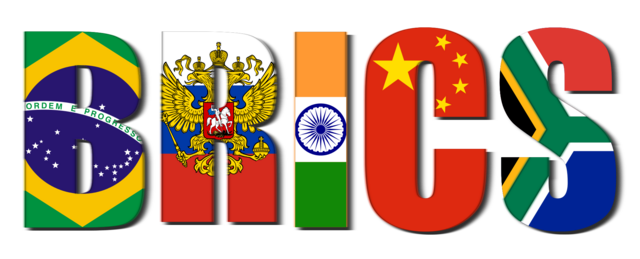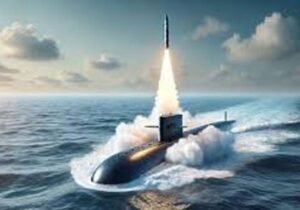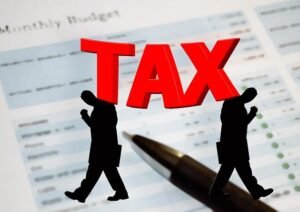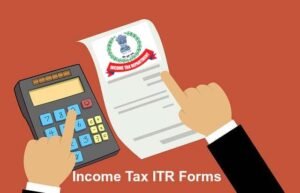
BRICS is an international economic bloc consisting of five major emerging economies: Brazil, Russia, India, China, and South Africa. The group was originally known as “BRIC” before the inclusion of South Africa in 2010. BRICS countries collectively represent a significant portion of global economic activity, political influence, and population.
Key Points:
- Origins and Formation:
- The BRICS concept originated in 2001 when economist Jim O’Neill coined the term “BRIC” to describe the emerging economies of Brazil, Russia, India, and China.
- South Africa was added in 2010, making it BRICS.
- Economic Significance:
- BRICS countries account for approximately 40% of the world’s population and around 25% of global GDP.
- They are significant players in global trade, with increasing influence in international finance and economic growth.
- Goals and Objectives:
- To promote economic development and sustainable growth in emerging economies.
- To create more balanced and equitable global governance.
- BRICS seeks to reduce the influence of Western-dominated institutions like the IMF and World Bank, advocating for reform in global financial institutions.
- Key Areas of Cooperation:
- Trade and Investment: BRICS promotes increased trade and investment among member nations to boost economic growth and development.
- Political Dialogue: Regular summits to address issues like geopolitical stability, global governance, and security.
- Financial Cooperation: Creation of institutions like the New Development Bank (NDB) and Contingent Reserve Arrangement (CRA) to fund infrastructure projects and provide financial stability to member countries.
- New Development Bank (NDB):
- Established in 2014, the NDB finances infrastructure and development projects in BRICS countries and other emerging economies. It aims to support sustainable projects that address key developmental challenges.
- Contingent Reserve Arrangement (CRA):
- A financial safety net that provides emergency funding to BRICS members during a balance of payments crisis.
- Cultural and People-to-People Ties:
- BRICS promotes cultural exchange, scientific collaboration, and educational cooperation to strengthen relations among its members.
- Initiatives like the BRICS Film Festival and BRICS Academic Forum foster closer ties.
- Challenges and Criticism:
- Diverse Economies: The member countries have significant differences in economic structures and political systems, which can complicate consensus.
- Geopolitical Tensions: Disagreements on global political issues (such as Russia’s invasion of Ukraine or India’s relations with China) can strain BRICS unity.
- Western Influence: BRICS faces criticism from Western countries, which see the group as challenging the current global order dominated by Western powers like the US and Europe.
- Global Influence:
- BRICS countries are increasingly focusing on de-dollarization and are exploring alternatives to the US dollar in trade and international finance.
- They are also advocating for reforms in the United Nations, particularly in the Security Council.
- Future Prospects:
- BRICS is actively looking to expand by potentially adding new members, and some nations have shown interest in joining the group.
- The organization continues to push for a multipolar world order, where global power is more evenly distributed.
In summary, BRICS is an influential global coalition that plays a vital role in shaping the future of international economic, political, and cultural relations. Its goal is to foster a more balanced global system by empowering emerging economies and promoting greater cooperation among them.
What is BRICS?
BRICS is an acronym for a group of five major emerging economies: Brazil, Russia, India, China, and South Africa. It focuses on enhancing cooperation and development among its members.
What are the main goals of BRICS?
- Economic Cooperation: To foster trade and investment among member countries.
- Political Influence: To enhance the voice of emerging economies in global governance.
- Sustainable Development: To promote social and economic development that is inclusive and sustainable.
What challenges does BRICS face?
- Diverse Interests: Member countries have varying political systems, economic models, and priorities, which can lead to conflicts.
- Geopolitical Tensions: Tensions between some member countries (e.g., India and China) can complicate collaboration.
- Global Economic Uncertainty: External factors like global market fluctuations and geopolitical events can impact the group’s effectiveness.
How does BRICS influence the global landscape?
BRICS plays a significant role in reshaping global economic governance, promoting multipolarity, and advocating for the interests of developing countries in international forums.
What initiatives has BRICS undertaken?
BRICS has established the New Development Bank (NDB) to fund infrastructure and sustainable development projects in member countries and other emerging economies.
What is the future outlook for BRICS?
As the group expands its membership and deepens cooperation, BRICS is likely to strengthen its influence on global issues, although internal challenges will need to be addressed.







